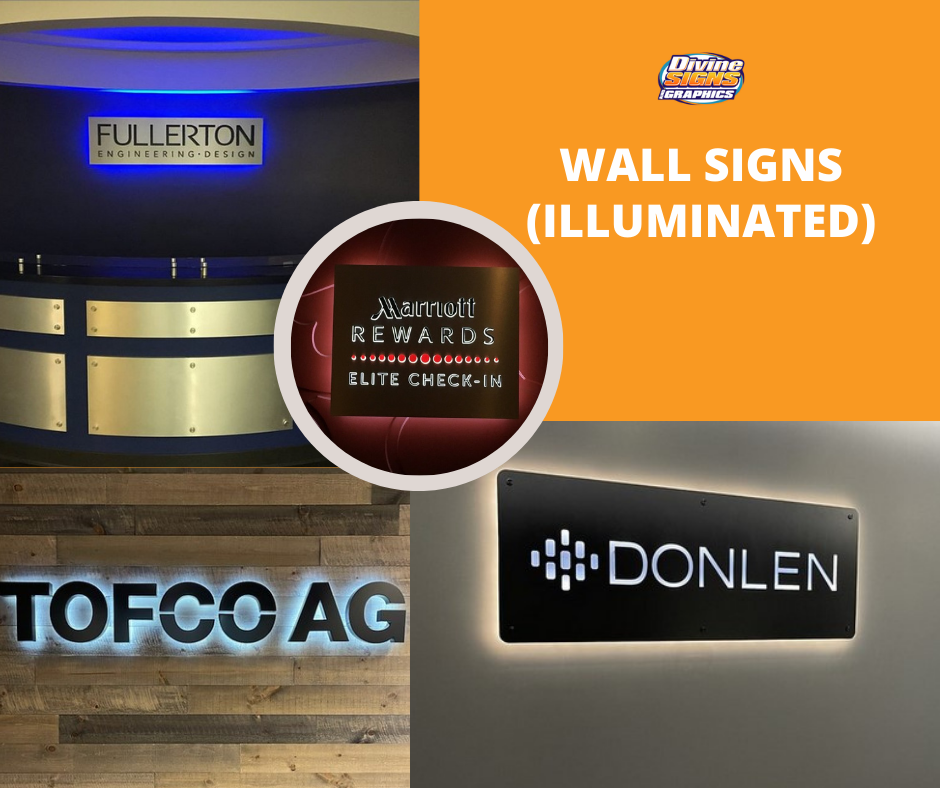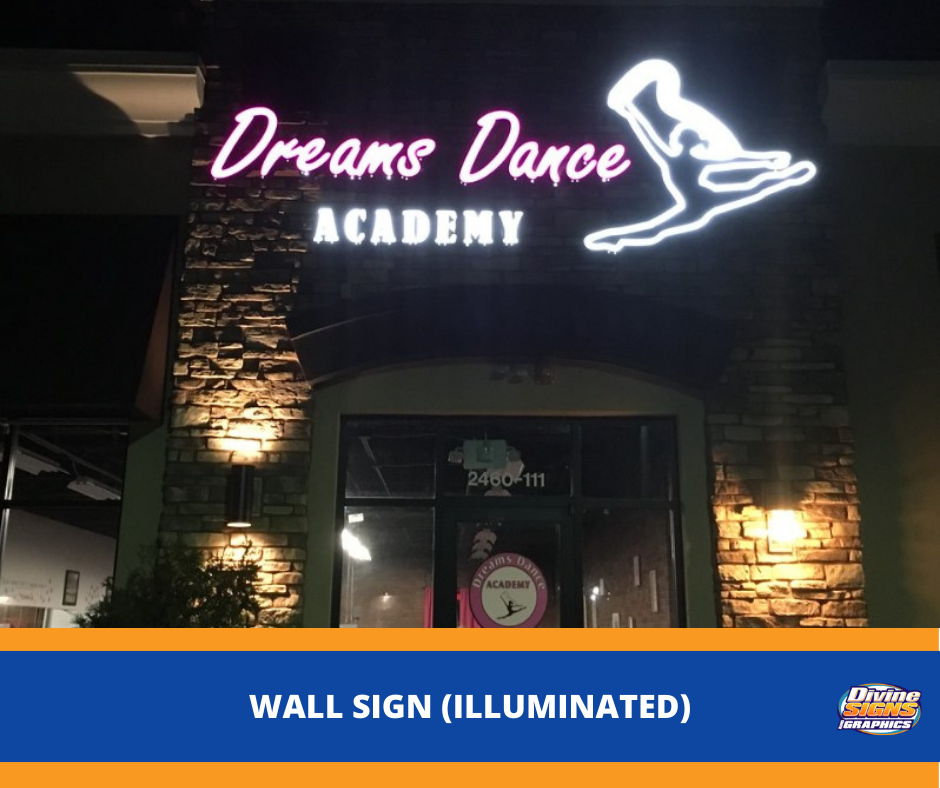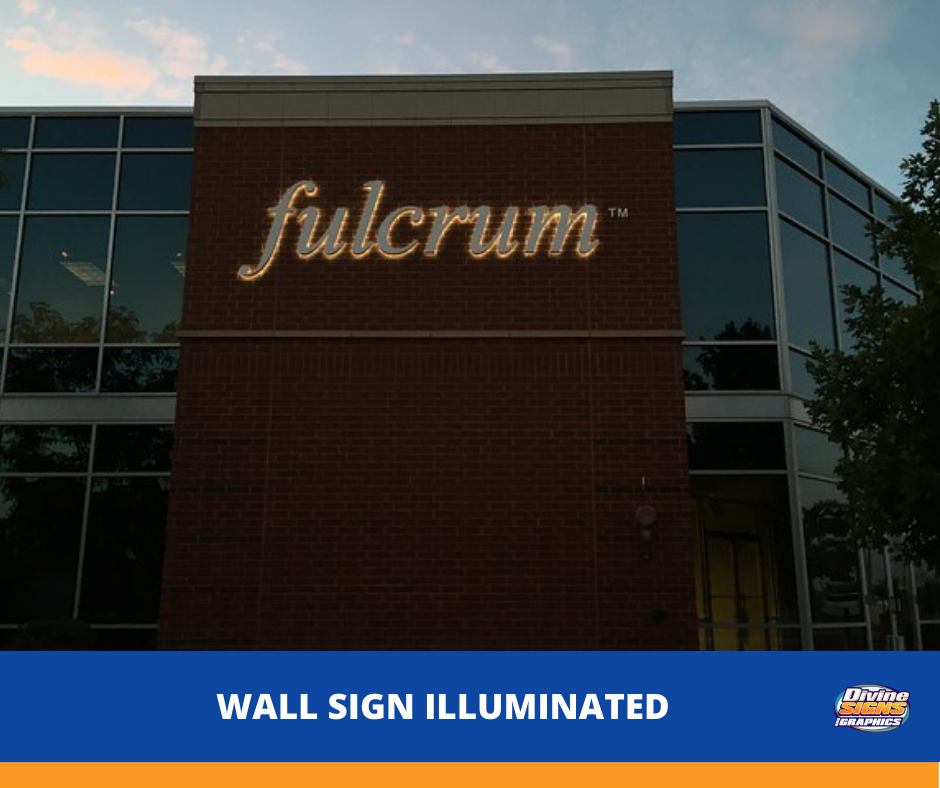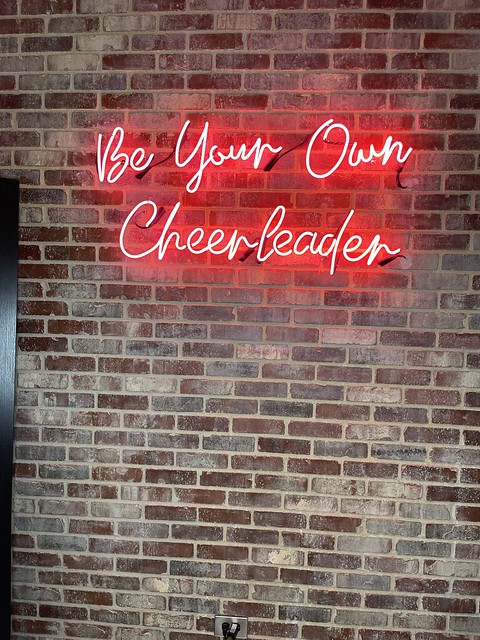Is Illuminated Signage Worth It? The Pros and Cons of Illuminated Business Signage

Illuminated signage is a powerful way for businesses to increase visibility, attract customers, and enhance brand presence day and night. This guide explores the different types of illuminated signs, such as backlit, channel letters, and lightbox signs, along with their advantages, including 24/7 visibility, energy-efficient LEDs, and customizable designs. We also cover potential drawbacks like higher upfront costs, maintenance needs, and local regulations. Ultimately, whether illuminated signage is worth it depends on your business goals, location, and audience. For businesses ready to stand out, Divine Signs offers custom design and installation services to create impactful, professionally lit signage.
When it comes to making your business stand out, signage plays a crucial role. Illuminated signage is especially effective for grabbing the attention of potential customers. However, one question many business owners face is whether illuminated signage is worth the investment. From glowing storefront letters to backlit monument signs, illuminated signage can catch attention day and night, projecting a professional image and drawing in more customers. However, with the added visibility comes additional costs and considerations.
In this blog, we’ll explore the pros and cons of illuminated business signage so you can decide if it’s the right choice for your brand.
What are Illuminated Signs?
Illuminated signs are business signs that use lighting elements, such as LED, neon, or fluorescent bulbs, to remain visible at night or in low-light conditions. Unlike traditional non-lit signage, illuminated signs are designed to draw attention around the clock, making them especially valuable for businesses that operate after dark or in areas with heavy foot and vehicle traffic.

These signs come in a variety of styles, including:
1. External Spotlights
These are traditional signs lit by mounted spotlights or floodlights shining onto the surface. A cost-effective option, but less modern-looking than internal illumination.
2. Box Signs (Lightbox Signs)
A rectangular or square cabinet with internal lighting that illuminates the entire face of the sign, often used in plazas and strip malls.
3. Backlighting (Halo-Lit Signs)
Letters or logos are mounted slightly away from the wall with lights placed behind them, creating a glowing “halo” effect for a sleek, upscale look.
4. Raceway-Mounted Channel Letters
These signs feature three-dimensional letters attached to a long, narrow metal box (raceway) that houses the wiring and electrical components. Easier to install and maintain, often required by landlords.
5. Direct-Mounted Channel Letters
Individual channel letters mounted directly to the building façade, with wiring running behind the wall for a cleaner, more custom appearance.
Because they combine branding with visibility, illuminated signs don’t just tell people where your business is, they also help convey professionalism, enhance curb appeal, and leave a lasting impression.
Advantages of Illuminated Signs

Illuminated signage offers several benefits that go beyond simply making your business name visible. By combining branding with enhanced visibility, these signs can become a powerful marketing tool. Some of the key advantages include:
1. 24/7 Visibility
Whether it’s day or night, illuminated signs ensure your business is always seen. This is especially valuable for restaurants, retail shops, and service providers that want to attract customers outside of daylight hours.
2. Stronger Brand Presence
A well-lit sign makes your business look more professional and polished. It reinforces brand recognition and helps you stand out from nearby competitors.
3. Increased Foot Traffic
Bright, eye-catching signage draws attention from both drivers and pedestrians, which can lead to more walk-ins and impulse visits.
4. Enhanced Safety and Navigation
Illuminated signs make it easier for customers to locate your business, even in poor weather or low-light conditions, improving convenience and accessibility.
5. Customized Design Options
From unique fonts and colors to custom shapes and logos, illuminated signs can be customized to perfectly reflect your brand identity.
6. Energy Efficiency (LEDs)
Modern LED lighting consumes far less energy than traditional bulbs and neon signs, providing long-lasting illumination while keeping operating costs low.
7. Long-Term Marketing Value
Unlike digital ads or short-term campaigns, signage is a one-time investment that provides consistent exposure for years. These signs have a long lifespan compared to other types of signage.
Disadvantages of Illuminated Signs

While illuminated signs offer many benefits, they also come with some drawbacks that business owners should consider before investing. Key disadvantages include:
1. Higher Initial Cost
Illuminated signs typically cost more to design, manufacture, and install compared to non-lit signage. Custom designs and larger signs can increase the upfront investment.
2. Maintenance Requirements
Lights, wiring, and electrical components may require periodic maintenance or repairs, especially if exposed to weather or harsh conditions.
3. Energy Consumption
Although LEDs are efficient, illuminated signs still use electricity, which adds to utility costs compared to non-lit options.
4. Environmental Impact
Neon lights that are commonly used in illuminated signs contain gases and materials that are harmful to the natural environment. These lights must be disposed of properly to reduce their environmental impact
5. Local Restrictions
Some municipalities have zoning laws or restrictions on brightness, size, or operating hours. Excessive lighting may also annoy neighbors or passersby.
6. Limited Lifespan of Certain Components
Neon, fluorescent, or older lighting systems may degrade over time, requiring replacements sooner than expected.

Deciding whether illuminated signage is worth the investment depends on your business goals, location, and target audience. For businesses that operate during evening hours, are located in high-traffic areas, or want to make a strong, professional impression, illuminated signs can offer significant value. The enhanced visibility alone often translates into increased foot traffic, better brand recognition, and a competitive edge over nearby businesses.
However, it’s important to weigh the costs and maintenance requirements against the potential benefits. Modern solutions, such as energy-efficient LED lighting and customizable designs, have made illuminated signs more accessible and cost-effective than ever. Ultimately, if your goal is to create a lasting impression and ensure your business stands out day and night, illuminated signage can be a worthwhile investment.
By carefully considering your budget, signage style, and location, you can determine whether an illuminated sign will deliver the visibility and branding impact your business needs.
Illuminated Signage Design and Installation from Divine Signs
Illuminated signage can be a powerful tool for businesses looking to increase visibility, attract more customers, and establish a strong, professional brand presence. While there are costs and maintenance considerations to keep in mind, the benefits, ranging from 24/7 visibility and customized design options to energy-efficient LED solutions, often outweigh the drawbacks for businesses seeking to make a long-term impact.

If you’re ready to make your business stand out day and night, Divine Signs can help. Our team specializes in custom illuminated signage design and installation, creating signs that perfectly reflect your brand while maximizing visibility and curb appeal. Let us help you transform your storefront into a glowing beacon that draws attention and leaves a lasting impression.
Contact Divine Signs today to explore your options for custom illuminated signage and take the first step toward brighter, more impactful branding.
We had the privilege of creatign a custom illuminated sign for Cannonball Garage, crafted with the same level of precision and attention to detail as every McLaren.

Client Feedback: "We are literally speechless. This sign is the greatest thing any of us has ever seen! Thank you and your team for the incredible work."
Bring your vision to life with a custom sign that makes a statement. Contact us today to start your project!
Illuminated Signage FAQs
What is the difference between illuminated and non-illuminated signs?
The difference between illuminated and non-illuminated signs comes down primarily to visibility and lighting:
Illuminated Signs:
• Lighting: These signs have built-in light sources, such as LEDs, neon, or fluorescent bulbs, which make them visible in low-light or nighttime conditions.
• Visibility: Can be seen 24/7, attracting attention day and night.
• Design Options: Often allow for more dynamic and eye-catching effects, like backlighting, halo lighting, or glowing letters.
• Cost: Typically more expensive to design, install, and maintain due to electrical components.
• Maintenance: Require occasional maintenance for lights, wiring, and electrical systems.
Non-Illuminated Signs:
• Lighting: Rely on natural daylight or external lighting (like streetlights or spotlights) to be seen.
• Visibility: Limited visibility at night or in poorly lit areas.
• Design Options: Generally simpler, with fewer options for glowing or 3D effects.
• Cost: Usually lower initial cost and minimal maintenance.
• Maintenance: Only require upkeep of the sign material itself (painting, cleaning, repairs).
Do I need a permit for illuminated signage?
Yes, in most cases, you do need a permit for illuminated signage. Local governments regulate signage to ensure safety, manage light pollution, and maintain community aesthetics. Here are some key points to consider:
• Zoning and Codes: Municipalities often have zoning rules that specify what types, sizes, and brightness levels of illuminated signs are allowed.
• Electrical Requirements: Because illuminated signs use electricity, they typically must meet local electrical codes, and inspections may be required.
• Sign Permit Application: You usually need to submit a sign permit application that includes dimensions, lighting details, location, and sometimes engineering or installation plans.
• Restrictions: Some areas may restrict flashing lights, neon, or extremely bright illumination, and there may be limits on the hours a sign can be lit.
• Penalties: Installing an illuminated sign without the proper permits can result in fines, removal orders, or delays.
It’s always best to check with your city or county building department before installing an illuminated sign to ensure compliance.
What type of illuminated signage works best for 24/7 visibility?
For 24/7 visibility, the most effective types of illuminated signage are those that are internally lit or backlit, as they remain clearly visible regardless of ambient lighting. Here are the top options:
• LED Channel Letters (Direct- or Raceway-Mounted): Individually lit letters provide high visibility and a professional, modern appearance. LEDs are energy-efficient and long-lasting.
• Backlit / Halo-Lit Signs: These create a glowing effect around letters or logos, making them stand out both day and night.
• Box Signs (Lightbox Signs): Fully illuminated panels are especially effective in plazas, strip malls, or along streets, offering consistent brightness and visibility.
• Neon Signs: Classic neon tubing is highly visible in low-light conditions, though less energy-efficient than LEDs.
Key Considerations:
• LEDs are preferred for 24/7 use because they are bright, energy-efficient, and durable.
• Placement matters, signs should be positioned to catch the attention of both pedestrian and vehicle traffic.
• Customization, such as contrasting colors or bold fonts, further improves readability day and night.


